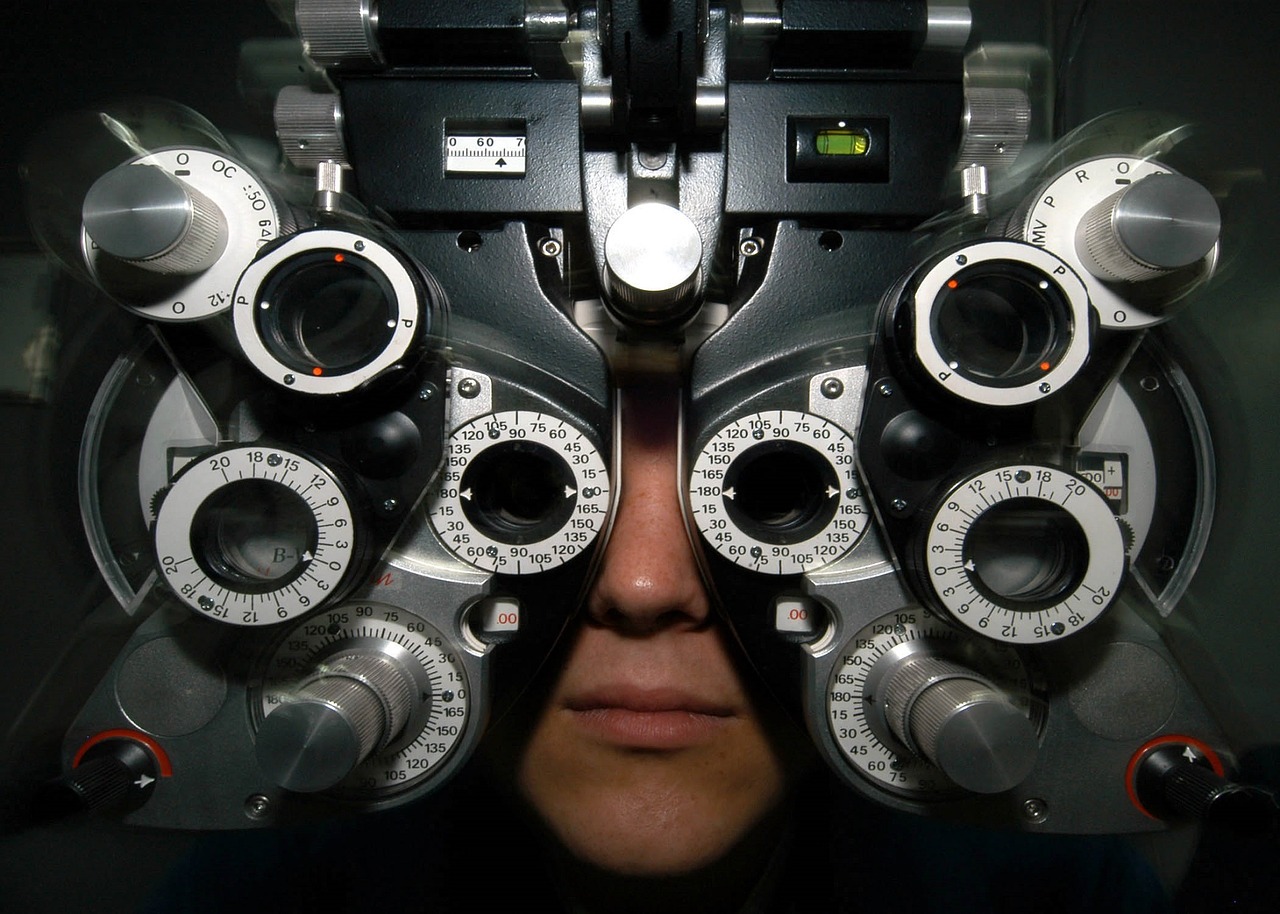
Dear Dr. Julius,
I am writing in response to the post that I recently saw on the Radsresident.com blog regarding pregnancy in radiology residency. While I commend you for your efforts to assist aspiring radiologists in their search to balance the stresses of training with life-altering decisions such as family planning, I must admit that the responses seem overly simplified and downplay the stresses that one faces while enduring this transition.Having entered radiology residency with a child, who I had given birth to at the end of my third year of medical school, I certainly am not an expert on the stresses of having a first-time child during this portion of the training. I did, however, decide to have my second daughter during residency training. And, she was born towards the end of my R1 year. If you were so kind as to indulge me, I would like to add some insight into the questions previously posed now that I am about the finish my R4 year keeping in mind the lessons I have learned along the way.
Is pregnancy in radiology residency doable?
Short and long answer: Yes. Starting or expanding a family in residency is ultimately a choice. It is doable, but that doesn’t mean, you will not have to make sacrifices. Some days you will feel like a great mom and other days you will feel like a great resident. Every once in a while, you will feel both. Your time will be stretched; your attention will be split. You will have to work hard just like anyone else who has personal issues they are dealing with at home. If you commit though, you can make it work and not just survive residency but also thrive. I would also argue that my children have helped me keep perspective through this all, and I don’t believe I would be as good as I am if not for my desire to show them the rewards of working hard.
Are programs supportive of students who expand their family during residency?
The answer to this question depends but generally the answer is yes. Most programs have some form of leave for residents. However, this does not mean that the program will pay for the entire time off. The Family Medical Leave Act (FMLA) should guarantee that you receive up to 12 weeks of time off if you need/want it, but this does not mean that you will be paid for the entire time. Additionally, the program may expect you to use your vacation time during your maternity/paternity leave. So, consider this when planning.
Some programs like mine have built in time for new parents (both male and female), which is up to 6 weeks PAID leave in addition to any vacation time you want to use up to the 12 total weeks off. However, standards may vary, and the best people to ask would be the residents themselves. As per the NRMP, programs cannot legally ask you about your family plans during an interview unless you ask questions that open the door to this subject. However, this doesn’t mean you cannot probe the current residents about their experiences (and honestly you should).
Are there radiation exposures that I would need to avoid in a diagnostic radiology residency?
As Dr. Julius said, the only potential for significant exposure you will face is during fluoroscopy or interventional radiology rotations. If you find out you are pregnant, you can alert your radiation safety officer and officially declare the pregnancy. Once a pregnancy is declared, you will receive an additional radiation badge that tracks the radiation you receive over your pelvis (the badge goes UNDER your lead). The badge measurement should represent an estimated amount of exposure to the growing fetus. The most important time to avoid radiation exposure is during the first 12 weeks when organogenesis and rapid cell division is highest. However, you do not have to perform IR or fluoro duties later in the pregnancy if you don’t want to.
I had my IR rotation early on, so it wasn’t an issue. But, I ended up shifting my fluoro rotation to another academic year because I didn’t want any unnecessary exposure. Your program and the chiefs should be willing to work with you. If you feel comfortable talking to the chiefs ahead of time, you may even be able to coordinate those rotations earlier/later to avoid having to cause scheduling changes later on. Of note, some women choose not to declare their pregnancy and continue to work. I know of IR attendings who worked during their pregnancy the entire time. But the point is, it is your right to decide how much potential exposure you will receive. You need to feel comfortable.
Is there a typical year of residency easier to have a baby than others?
I think this sincerely depends on the program and how it distributes residents among services. I would agree that the R4 year may have more flexibility due to elective time. But, R1 year is also relatively light given the lack of call. In my hospital, R2 year is especially difficult and demanding, but the toughest year can vary depending on the program.
I tried to time my pregnancy on purpose towards the end of my R1 year. By doing this, I was able to take advantage of the six weeks of paid leave offered by my hospital. In combination, I was also able to take two weeks of vacation from R1 year and tack it on to 2 weeks of vacation from R2 year for a total of 10 weeks off. I will be finishing on time. And, I did not have to remediate any rotations except the few weeks of fluoroscopy I missed during an R4 elective.
Timing is not always doable, and you may experience stresses related to just trying to get pregnant during training – just something to keep in mind. I even met a girl last year who was eight months pregnant while taking her boards examination. She passed. Life goes on. Ultimately, there’s no perfect time to have a child, and the program should help you work through your needs as you encounter new challenges.
With radiology being a male-dominated specialty does this cause strife between residents during maternity leave? (Is there maternity leave?)
I can only speak from personal experience that I had very supportive co-residents. But, I believe this stems from the underlying culture of my program/hospital. I believe that resentment may be a little harsh to describe the sentiments of the other residents. Certainly, if additional/compacted call falls on your colleagues, they may be anxious for your return to mitigate the stress of call. Not one of my co-residents ever questioned my dedication to the program during or upon my return from my leave. If anything, you may have some challenges with the attendings once you come back. And, you may find yourself having to prove your knowledge in light of a prolonged absence.
I would argue that as long as you are meeting milestones and keeping your major/minor change percentages on par with your colleagues, you should not have to worry. You need to understand, however, that your choice to take time off will require dedication and discipline. Upon your return, you will make up for the time you lost to “catch up.”
How do you decide if a program is family friendly and future-family friendly?
I would advise asking the residents during your time with them on interview day or during pre-interview dinners. Don’t single yourself out, but ask general questions like, “How many residents have families?”; “What’s the program’s family leave policy? Is it paid? Do you have to use your vacation?” As Dr. Julius mentioned, having support nearby or having a supportive partner is probably the most important thing. Radiology residency may be less demanding in terms of physical time in the hospital. However, you will need to read and study during your off time to excel. You will be preparing case conferences during off hours if your program doesn’t give you dedicated time. You will need to carve out time for yourself and your well-being. All this work requires the support of others.
Feel free to allow your readers to contact me directly with questions on Twitter @KVincentiRad.
Thank you for your time.Kerri Vincenti, MDChief Radiology ResidentPennsylvania Hospital of the University of Pennsylvania















